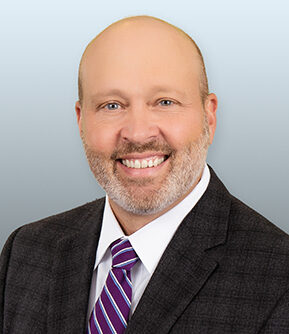Multiple Employer Retirement Plans: Payments to Plan Sponsors from Plan Assets
The market place for multiple employer retirement plans is expanding exponentially. Just a few years ago, there were only a few industry-specific multiple employer retirement plans although multiple employer plans have been utilized by Professional Employer Organizations (PEOs) for a number of years because of an IRS ruling that required them to use this structure.
Recently, as the regulatory environment has tightened and the potential for litigation has significantly increased, employers have been looking for ways to mitigate potential fiduciary liability. Fiduciary liability can affect the personal assets of fiduciaries, so one popular trend is to shift the liability to a third party. Because of this trend the growth of Multiple Employer Plans has exploded.
Some of the new entrants into this market are advertising that employers can transfer all of their fiduciary liability and have no out of pocket costs for administration. Some are so bold as to advertise the service as “free”. This approach is problematic. First, the services provided are not actually “free”. What they mean is 100 percent of the costs are being absorbed by the participants of the plan and there is no cost to the adopting employer. Second, fiduciaries, under the Employee Retirement Income Security Act of 1974, as amended (“ERISA”), are obligated to discharge their duties solely in the best interest of the participants and beneficiaries of the plan. The question is: how does a sponsor and fiduciary of a plan provide a Multiple Employer Plan as a service and pass on 100 percent of the costs to the participants and beneficiaries of the plan and not be conflicted with the best interests of the participants and beneficiaries of the plan?
These new sponsors of the Multiple Employer Plans are sponsoring the plans with the intention of making a profit from providing the service. You can not be a fiduciary and, solely on your own, profit from that status at the expense of the participants and beneficiaries of the plan.
One rule that is clear under ERISA is that a fiduciary cannot exercise its power as a fiduciary to pay itself a profit from the plan assets. Repeatedly the Department of Labor has required that (1) if a fiduciary is rendering services to a plan and (2) receiving payment and (3) those payments include a profit component, the amount of those payments must be approved by another fiduciary of the plan. These rules apply to any plan fiduciary, including banks, registered investment advisers or anyone else.
Some Multiple Employer Plans sponsors may assert that it is the adopting employer (the client company) that is approving the payments. If that is the case, the adopting employer retains fiduciary liability for the initial decision and the monitoring of those fees. Clearly, this is not a 100 percent transfer of fiduciary liability at no cost. Based on the marketing material we have reviewed, it is certainly not clear that the adopting employers are aware that they are making a fiduciary decision and retaining fiduciary liability for adopting the plan.
In the event that the adopting employer is aware of their responsibilities and it is acceptable to them, the adopting employer must continue to monitor and review the activities and expenses of the Multiple Employer Plan sponsor. It is unlikely that there is a review and approval process in place.
A better structure is to only permit the Multiple Employer Plan Sponsor to be reimbursed for reasonable expenses to administer the plan. Then any additional amount for marketing, operating the advertising and deployment of the services, and the profit from providing such services be paid directly by the adopting employer of the plan. Any amounts paid directly from the adopting employer and not from plan assets are not subject to the fiduciary limitations.
The old adage – “If it sounds too good to be true, it probably is” continues to apply. It would be a shame if an adopting employer, seeking to avoid fiduciary liability, ended up participating in a scheme that resulted in a clear violation of the fiduciary obligations of ERISA.
However, if adopting employers understand their role in the process, a multiple employer retirement plan is an excellent vehicle to provide employees with access to industry best practices in investment management and fiduciary compliance.
For More Information
For more information, contact the Stevens & Lee attorney with whom you regularly speak or James B. Longacre at 610.478.2293.
This News Alert has been prepared for informational purposes only and should not be construed as, and does not constitute, legal advice on any specific matter. For more information, please see the disclaimer.

